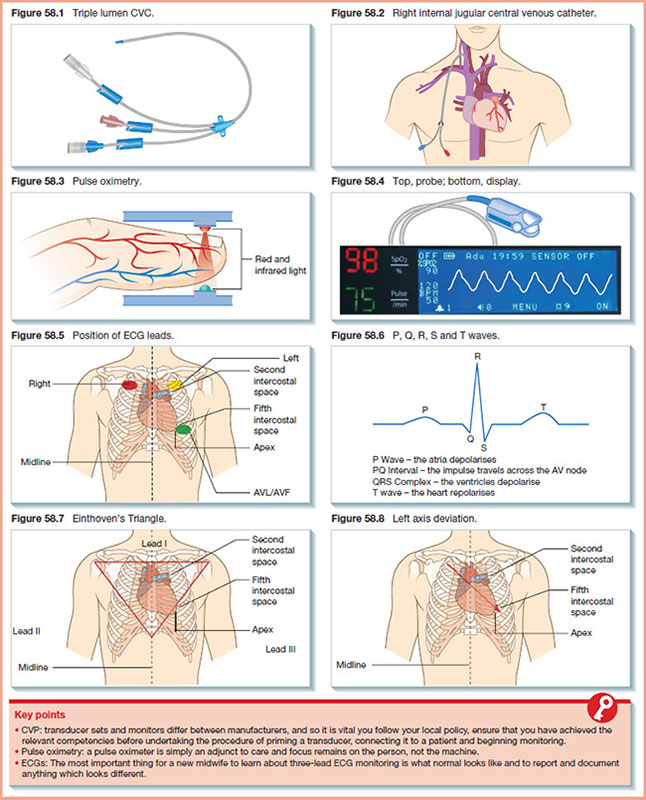22 Cvc Blood Draw
Web a central venous catheter (cvc) is a long, flexible tube your provider inserts into a vein in your neck, chest, arm or groin. Repeated access of cvcs for collection of blood can cause central line associated bloodstream infection (clabsi). Repeated access of cvcs for collection of blood can cause central line associated bloodstream infection (clabsi). A complete blood count can show unusual increases or decreases in cell counts. Diagnosis ( figure 1) in any patient with a cvc and clinical suspicion for line infection, blood cultures should be drawn.
Web central venous catheterization (cvc) remains a common practice in the emergency setting. FLuids, blood products, medications and parenteral nutrition solutions. While smaller lumen broviac catheters have been used successfully for blood Author information and affiliations last update: Web a complete blood count (cbc) is a blood test.
The type of cvc inserted depends on the emergency and necessity of the iv line. Please call ahead to schedule glucose tolerance testing. It's used to look at overall health and find a wide range of conditions, including anemia, infection and leukemia. Samples should be drawn before the administration of antibiotics and under sterile. Repeated access of cvcs for collection of blood can cause central line associated bloodstream infection (clabsi).
Central Line Insertion and How to Draw Blood — From New to ICU
Web in general, most outpatients who need blood draws often have the port accessed for the blood draw because it is happening in the setting of some other clinical care (eg, chemotherapy infusion). We conducted.
How to draw blood from a patient’s vein as painlessly as possible
Plot no 60, sec 12 b, near bal bharati public school, block b sector 12 dwarka, dwarka, new delhi · 5.8 mi · 1149885050 We conducted a diagnostic accuracy study from may to september 2019..
Phlebotomy Venipuncture Procedure I Safe and Effective Blood Draw
We conducted a diagnostic accuracy study from may to september 2019. FLuids, blood products, medications and parenteral nutrition solutions. Continuing education activity central venous catheterization (cvc) is a procedure frequently required in. A lot of.
"Accessing a Central Venous Catheter" by MaryJeanne Manning, RN for
Repeated access of cvcs for collection of blood can cause central line associated bloodstream infection (clabsi). One from the cvc and one from a peripheral vein prior to antibiotic administration. Plot no 60, sec 12.
How To Draw Blood A StepbyStep Guide
Web they can also be used for taking samples for tests and to give you fluids, nutrients, and blood. Web if infection is suspected, draw two sets of blood cultures: It's used to look at.
Drawing Blood and Administering Fluid of CVC YouTube
It leads to your vena cava, a large vein that empties into your heart. Web in general, most outpatients who need blood draws often have the port accessed for the blood draw because it is.
CVC Blood Draw YouTube
Web introduction children may require durable central venous catheters (cvcs) for various reasons. Web central venous catheterization (cvc) remains a common practice in the emergency setting. A lot of blood tests; It also helps with.
CVP, SpO2 and ECGs Nurse Key
A complete blood count can show unusual increases or decreases in cell counts. Repeated access of cvcs for collection of blood can cause central line associated bloodstream infection (clabsi). Web in general, most outpatients who.
Central Venous Line Anatomy / Central Venous Access via Supraclavicular
Web central venous catheterization (cvc) remains a common practice in the emergency setting. Review the steps of how to perform a proper central venous access draw (cvad) procedure here. The majority of patients admitted to.
Central Venous Access Catheter Inserted into vein above R side of
Diagnosis ( figure 1) in any patient with a cvc and clinical suspicion for line infection, blood cultures should be drawn. Web blood draw procedure purpose · to obtain blood samples for laboratory evaluation, without.
Typically, physicians require peripheral vein phlebotomy when more blood sampling is needed. Web introduction central venous catheters (cvc) are frequently used in critical care units, hemodialysis units, and oncology units for the administration of intravenous fluids, medications, blood products, parenteral nutrition, vasoactive medications, hemodialysis, and hemodynamic monitoring. No appointment is necessary for routine services. Web an abstract is unavailable. However, the benefit of ready access needs to be weighed against the risk for infection or thrombosis. Plot no 60, sec 12 b, near bal bharati public school, block b sector 12 dwarka, dwarka, new delhi · 5.8 mi · 1149885050 While smaller lumen broviac catheters have been used successfully for blood Variability in repair techniques can lead to complications, including the need for repeat repair and central line associated blood. Web central line ari d. A lot of blood tests; · to verify venous placement prior to administration of i.v. Web in general, most outpatients who need blood draws often have the port accessed for the blood draw because it is happening in the setting of some other clinical care (eg, chemotherapy infusion). One from the cvc and one from a peripheral vein prior to antibiotic administration. The majority of patients admitted to intensive care units (icu) require central venous catheters (cvc) for medication delivery, monitoring and blood draws. Diagnosis ( figure 1) in any patient with a cvc and clinical suspicion for line infection, blood cultures should be drawn.










